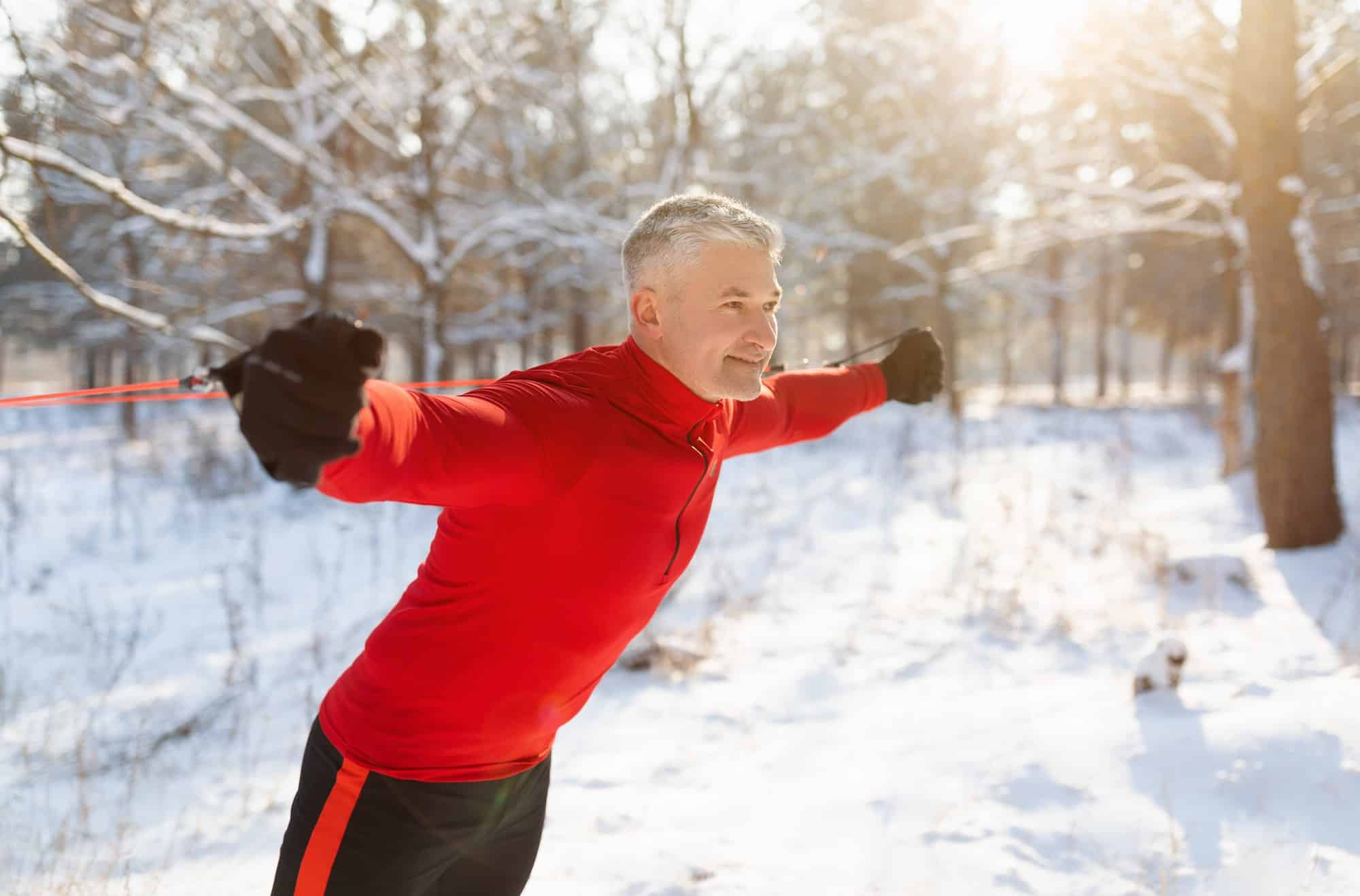High-altitude training has been a popular topic among athletes, particularly runners, looking for ways to improve their performance. The practice involves living at high altitudes to stimulate an increase in the body’s red blood cell count, thereby enhancing oxygen-carrying capabilities. However, the potential benefits and drawbacks of such training have sparked considerable debate among sports scientists and athletes alike. This article delves into the effects of altitude acclimatization on ultra-trail runners’ performance, covering aspects like hypoxia, endurance, and time to acclimatization.
The Concept of High Altitude Training
High altitude training is a method employed by endurance athletes to improve their performance. While it may sound like an extreme measure for some, it has been a standard practice in the world of professional sports for quite some time. The basic idea is to expose the body to an environment where oxygen supply is low, which encourages the body to produce more red blood cells and hemoglobin – the oxygen-carrying component of the blood.
A lire aussi : How Can Three-Dimensional Motion Capture Improve Bowling Techniques in Cricket?
When athletes return to sea level, their bodies are more efficient at utilizing oxygen, thereby improving their running performance. The body’s reaction to high altitude is what is referred to as ‘acclimatization’. This process is gradual and varies among individuals, ranging from a few days to several weeks.
Hypoxia and its Role in Performance Improvement
Hypoxia, a state of reduced oxygen availability, is a key element of high altitude training. When your bodies are subjected to high altitudes, they experience hypoxia. In response, your bodies stimulate the production of a hormone called erythropoietin (EPO), which promotes the formation of new red blood cells. These new cells enhance the capacity of your blood to carry oxygen, which can improve running performance once you return to sea level.
Lire également : What Are the Best Practices to Foster a Culture of Respect in Youth Hockey Leagues?
However, hypoxia can also lead to a decrease in VO2 max (the maximum amount of oxygen the body can utilize during intense exercise), which can impede performance at high altitudes. This is why some athletes may opt for a ‘live-high, train-low’ approach, living at high altitudes to stimulate EPO production but training at lower altitudes to maintain their VO2 max.
The Impact of Altitude on Running Endurance
Endurance is a critical factor for ultra-trail runners. The necessity to maintain a steady pace over long distances requires a high level of stamina, and high altitude training has shown promising results in boosting endurance. The enhancement in oxygen-carrying capacity, as mentioned earlier, can lead to improved aerobic endurance.
However, it should be noted that the response to altitude varies among individuals. Some athletes may find their endurance improves more significantly than others after high altitude exposure. Also, high altitude training might have diminishing returns over time. Therefore, athletes should monitor their response to altitude training and adjust their training plans accordingly.
Acclimatization Time and Effects on Performance
Acclimatization to high altitude is a time-dependent process. Some of the initial responses to a sudden rise in altitude include increased breathing and heart rate, which can negatively impact an athlete’s performance. However, with time, the body starts to adapt to the conditions, and these initial negative impacts start to diminish.
The time required for complete acclimatization varies from person to person and can take anywhere between one to several weeks. During this period, athletes might experience reduced training intensity due to the elevated heart rate and increased perceived effort. However, once acclimatized, they can resume their normal training intensity and potentially benefit from the increased red blood cell production.
High Altitude Training: A Tool for Marathon Runners?
So, is high altitude training the secret weapon for ultra-trail runners seeking to enhance their performance? The answer is not as straightforward as one might hope. While the science suggests potential benefits, like improved aerobic endurance and increased oxygen-carrying capacity, it also highlights possible drawbacks like decreased VO2 max and reduced training intensity during the acclimatization period.
Furthermore, individual responses to altitude can vary greatly, and what works for one athlete might not work for another. Therefore, it’s crucial for athletes to approach high altitude training with a degree of caution and under the guidance of a qualified professional. If done correctly, high altitude training can indeed be a tool to boost performance – but it’s certainly not a one-size-fits-all solution. As with any training method, it must be tailored to the individual athlete’s needs and circumstances.
Dealing with Altitude Sickness and the ‘Live High, Train Low’ Approach
One significant factor that can impact the performance of endurance athletes undertaking high altitude training is altitude sickness, also referred to as acute mountain sickness. Symptoms of altitude sickness – such as headaches, nausea, and shortness of breath – can be a major hindrance to performance. Altitude sickness typically happens when athletes ascend too quickly to higher altitudes without giving their bodies enough time to adjust to the reduced levels of oxygen and changes in air pressure.
The ‘live high, train low’ approach has been touted as a solution to avoid altitude sickness while still reaping the benefits of altitude exposure. This strategy involves living at a high altitude to stimulate the body’s production of red blood cells and hemoglobin. At the same time, athletes train at a lower altitude, where the oxygen levels are higher, ensuring their bodies can maintain exercise performance and avoid the negative effects of hypobaric hypoxia.
This method allows athletes to avoid the decrease in VO2 max associated with training at high altitudes. Training at moderate altitudes allows the body to maintain its oxygen utilization efficiency during intense exercise, while the high-altitude living conditions stimulate EPO production.
However, it’s crucial to remember that this approach requires careful planning and monitoring. Rapid ascents to high altitudes for ‘living high’ can still lead to acute mountain sickness. It’s essential to ascend gradually and give the body time to adapt to the new conditions.
Conclusion: The Potential and Perils of High Altitude Training
High altitude training has the potential to significantly improve the performance of ultra-trail runners. The science behind it – increased red blood cell production, enhanced oxygen-carrying capacity, and improved aerobic endurance – is compelling, and many athletes have experienced noticeable performance improvements upon returning to sea level after training at higher altitudes.
However, altitude training also comes with its challenges. There’s the risk of decreased VO2 max, the potential for altitude illness, and the necessity to carefully manage the acclimatization process. Not to mention, the individual responses to altitude exposure can vary greatly, and what works for one athlete might not work for another.
The key takeaway here is that while high altitude training can be a valuable tool in an endurance athlete’s arsenal, it’s not a magic bullet. It requires careful planning, management, and personalization to each athlete’s unique response to altitude.
In conclusion, high altitude training can indeed be an asset for ultra-trail runners looking to up their game. However, it should always be undertaken with caution, under the guidance of a qualified professional, and tailored to the individual athlete’s needs and circumstances. Whether the ‘live high, train low’ approach or full acclimatization to high altitudes is the best fit will depend on the individual athlete and their specific training goals.






